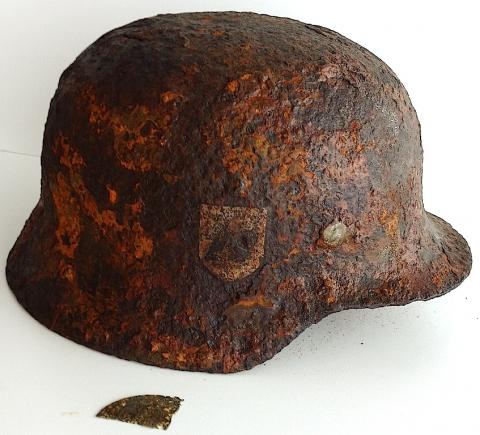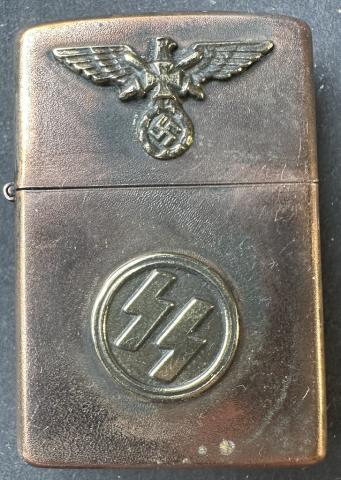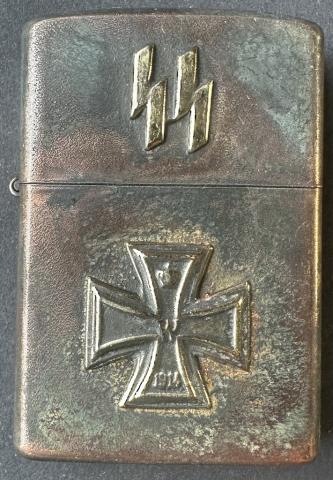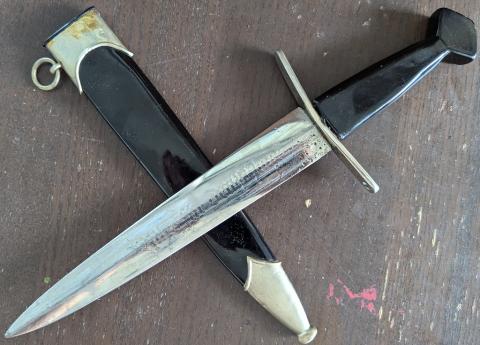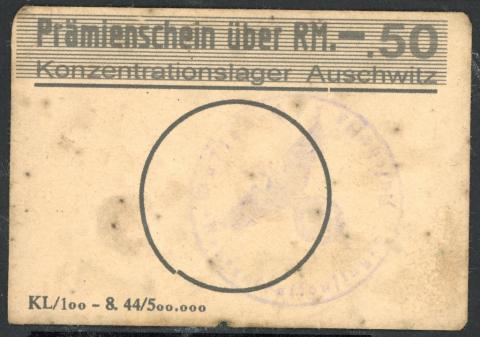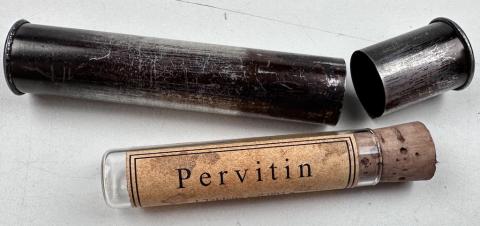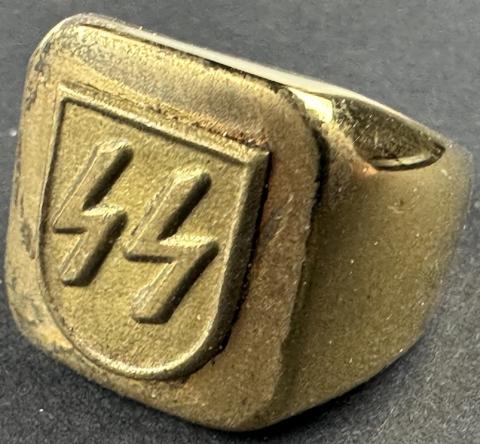WW2 GERMAN WAFFEN SS TOTENKOPF PANZER GRENADIER EAST FRONT BATTLE RELIC FOUND M42 SINGLE DECAL SS HELMET + DOG TAG SS ID
WW2 GERMAN WAFFEN SS TOTENKOPF PANZER GRENADIER EAST FRONT BATTLE RELIC FOUND M42 SINGLE DECAL SS HELMET + DOG TAG SS ID
Product
M42 SINGLE DECAL SS TOTENKOPF HELMET
RELIC FOUND IN RUSSIA - EAST FRON SOVIET BATTLE RELIC.
FOUND WITH 1/4 OF THE DOG TAG - WE SEE ON IT A TOTENKOPF SS PANZER DIVISION
WHICH IS THE MOST FAMOUS SS DIVISION - EVERYTHING FROM THIS DIVISION WORTH LOT OF $$$$$
SS DECAL IS STILL PRETTY WELL VISIBLE AND REMAIN COMPLETE.
AMAZING PIECE - HIGHLY HISTORICAL !!! - VERY AFFORDABLE PRICE FOR A SS HELMET 100000% ORIGINAL THAT ACTUALLY MADE WAR!!!
NO STAMPS REMAIN VISIBILE ON THE INSIDE.


